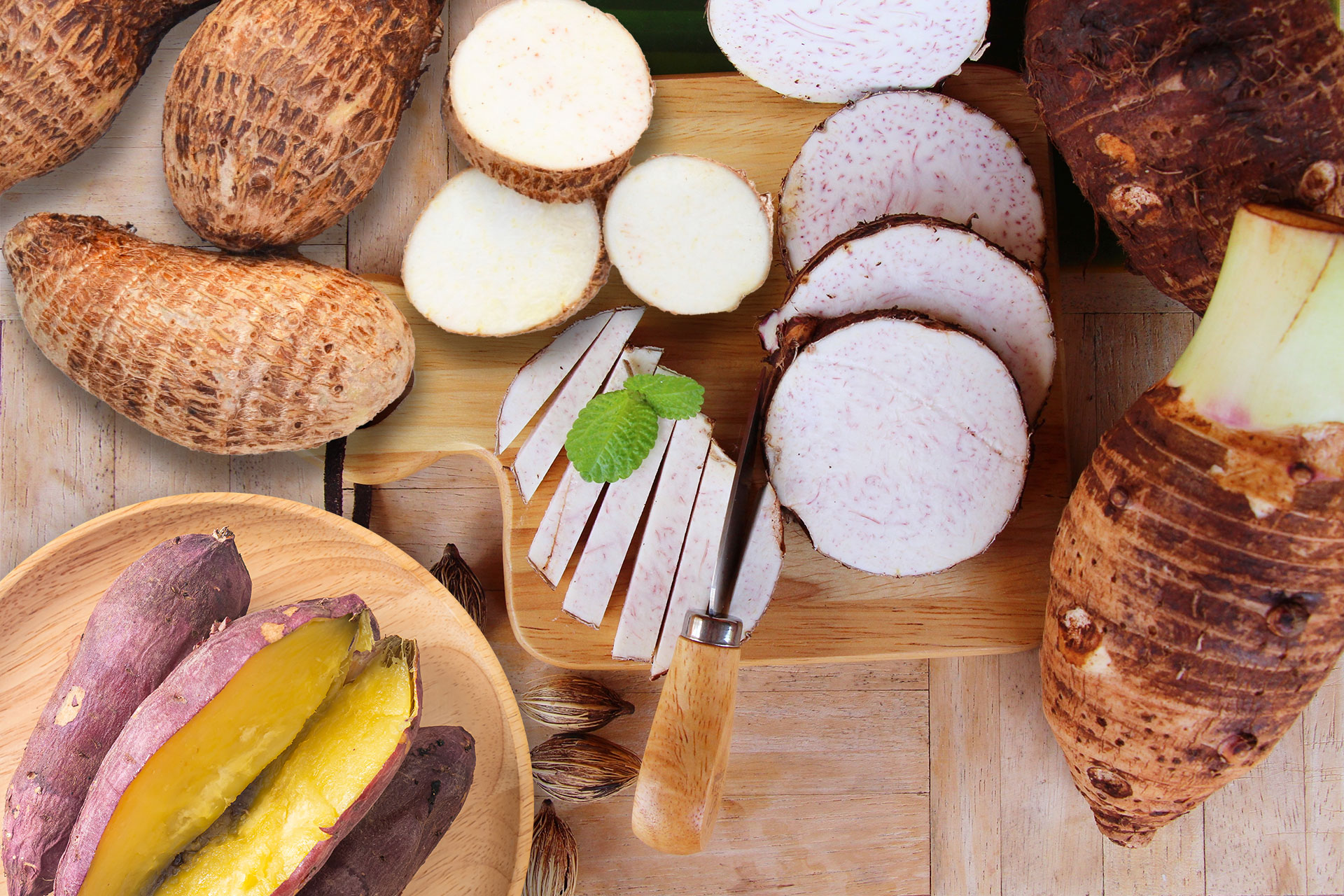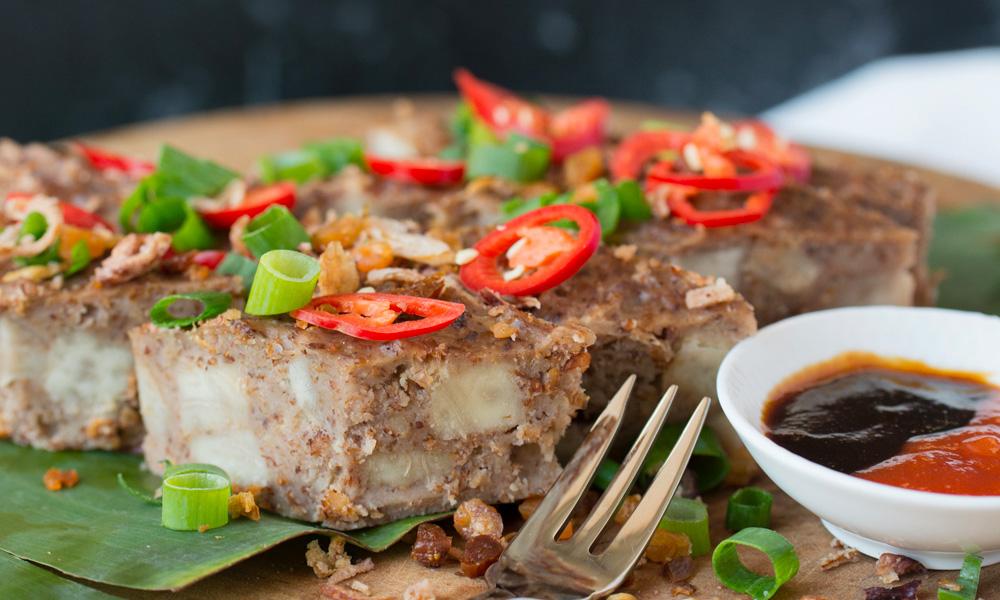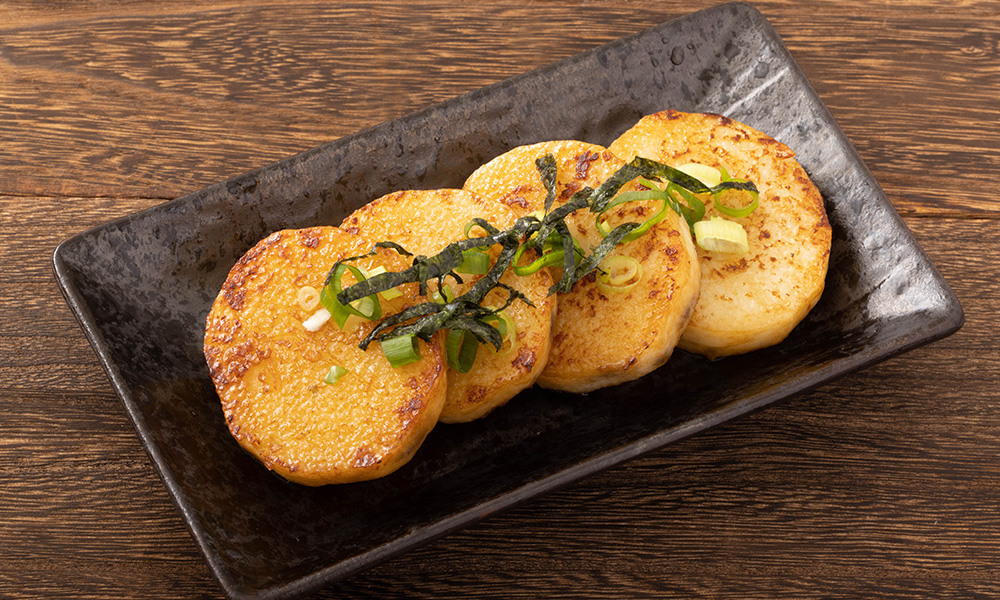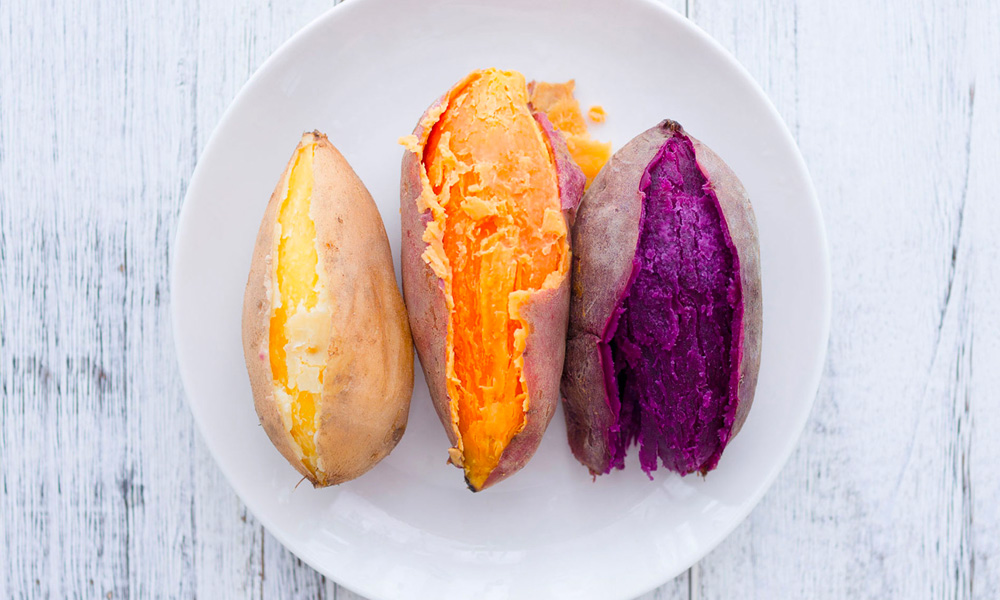Perk Up with 6 Tasteful Malaysian Drinks
Lighten your mood and rejuvenate your senses with 6 must-try Malaysian drinks!
Discover the authentic in Asian cuisine food

Besides regular potatoes, Asians enjoy all kinds of tuber vegetables too. Taro, yam and sweet potato are among the most beloved. Savoured in various traditional treats, hearty dishes and sweet desserts. But if you’re new to them, it might get confusing to tell them apart.
For one, they do look similar on the outside: brown-skinned with a thick and supple root appearance. And for the insides, taro and yam are sometimes interchangeable in savoury recipes. Yam and sweet potato are both featured in Asian desserts. The colours of sweet potato can be similar to taro and yam. And among Americans, yam and sweet potato might mean the same thing; though they very much aren’t.
Got your head spinning? No worries. Here are some of the tuber trio’s general facts and flavour profiles, to help you see and taste the difference:

Available year-round from China to Hawaii, taro is one of the world’s oldest crops. Native to Southeast Asia and spread to pretty much every temperate region around the globe since ancient times. And surprise, it’s technically not a root tuber, but a corm – the stem of its plant that grows underground.
Taro typically has a brown-ringed skin that’s rough and feels almost like a tree bark. The inner flesh is pale, and some may come with pink-purple flecks. The skin is inedible and usually peeled off before cooking. The flesh firms up and turns starchy when cooked. Earthy and nutty to taste, with a mildly sweet and subtle vanilla-like undertone.
In Asian cuisines, taro is most often enjoyed in savoury dishes. Such as the Chinese steamed taro cake, the crispy North Vietnamese spring rolls, the wholesome Japanese Chikuzenni chicken and veggie bowl, and the heart-warming Korean taro soup. You can also make crunchy, savoury taro chips!
Besides that, taro is also used in some traditional and modern Asian desserts, like the Chinese sweet osmanthus delight, and Taro pearl milk tea.

Similar to taro, yam has an inedible rough, tree bark-like skin, and starchy, smooth insides. It’s also native to Asia and other temperate and tropical regions in the world such as Africa, becoming an essential food in their cuisines over millennia.
Unlike taro, however, yam can soften depending on how you cut and cook it; which allows it to soak up your flavouring ingredients, while still retaining its mildly sweet and earthy taste. Some species of yam such as the Chinese yam can also be eaten raw and is found commonly in Chinese and Japanese cuisine.
Yam and taro are interchangeable in certain Chinese recipes like the Yum Cha fave snack Wu Kok and scrumptious yam rice. Shape it into a deep-fried bowl for this savoury banquet delight. Try the classic Hakka special with abacus seeds. Or, have it soft and crumbly in the Bubur Cha Cha sweet soup indulgence.

There’s also a unique variant of yam called Ube that’s strikingly similar to purple sweet potato. Ube is native to the Philippines, and is enjoyed in their signature iced dessert Halo-halo. It has a mellow, nutty aroma and sweeter flavour than regular yam, but with a similar starchy texture. Thanks to its vibrant purple hue and unique taste, Ube has recently become a wildly popular ingredient among dessert chefs worldwide. Have a taste of this yummy trend with our modern Asian yam crepe cake!

The first difference you’ll notice with sweet potato is the smooth skin; which may come in yellow, orange, red, brown, beige and purple colours. The flesh too, comes in different hues: white, orange, pink or bright violet.
Sweet potato skin is soft and thin, and is actually edible. When cooked, the insides become moist and tender with a rich earthy sweet flavour. Generally, the orange variant is the sweetest, while purple potato has a mellower taste, and creamy, starchy texture.
Come check out our sweet potato deep-dive to discover its superfood goodness and the many awesome Asian flavours you can cook!

Lighten your mood and rejuvenate your senses with 6 must-try Malaysian drinks!

Pair your hearty barbecues with these refreshing Asian delights!

What are the properties of ginger, and how to pick, store and use ginger in your cooking? Find out here!